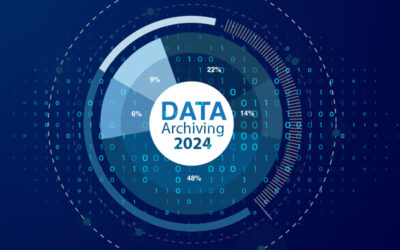Digitization of medical records is popular these days. Digitized medical records can be more easily managed than paper-based medical records. Such records help hospitals and other healthcare systems to improve overall efficiency and quality of treatment. More and more healthcare providers are putting technology to work for them when it comes to patient charts. Hiring a reliable provider of data conversion services is the best option when you have to scan documents in bulk. Once digitized in a preferred format, you can keep the records safe and provide better care to the patients.
Paper-based patient charts are an old way of keeping records and has many disadvantages. These paper records can only be viewed by one person in one location at a time. When another physician at a different facility needs to access a patient’s records, the chart must be copied and delivered. This takes time and it becomes difficult at the time of emergencies. If records are made available in real time, it would be useful for patients with chronic conditions who typically require an entire team of healthcare professionals. Therefore, it is important for hospitals and medical practices to scan their medical records and convert them into digital form.
Documents should be properly scanned and abstracted. For effective scanning of medical records, the following tips are to be followed.
- The scanning process should be carried out by experienced and skilled workers to obtain better results
- Provide a proper workstation for successful completion of the project
- Using the right equipment will help speed up the process and reduce error
- Use standard rules of data entry to ensure consistency and uniformity of records
- Guarantee the accuracy of scanned and abstracted patient records
How to Scan Medical Records
- Prepare the documents that need to be scanned and place them in labelled boxes
- Medical records are transported to the facility where the scanning takes place
- The records are then scanned and converted into digital format by experts who ensure utmost accuracy
- Once the medical records are converted into digital format, they are stored in an electronic health records system or document management system.
- The paper-based medical records are later sent back to the hospitals or to an offsite storage unit to keep them safe until the retention period expires.
Advantages of Scanning Medical Records
Document conversion of health records into a digital form provides a centralized database containing all details of patients’ health. It also reduces the risk of errors. It helps physicians and others to connect with each other, maximize care, and make informed decisions.
- Improves Security: Digitizing medical records helps to keep vital data such as medical history, patient details, consent forms, insurance records and other important data safe. These data can also be encrypted and stored in the cloud for easy accessibility and safety.
- Quick and Easy Backup and Recovery: Digitization of medical records enables to create digital backup copies. This prevents damage or loss of data at the time of any natural disasters or any other accidents. Physical copies can be potentially destroyed but digitization allows healthcare providers to simply access the backup files stored in remote servers.
- Better Time Management: With digitally stored medical records, it becomes easier for healthcare providers to access data quickly. This saves time and also helps to avoid the process of looking through several piles of paper. It allows healthcare providers to focus more on providing quality care to patients.
- Saves Space and Resources: Digitization of medical records allows you to save physical space and prevents cluttering of paper in your medical practice. Physical papers require rooms, filing cabinets to store paperwork, and manpower to file all the records. But by digitizing, hospitals and medical practices can save space and use it for more important uses such as placing key medical equipment or providing room for more medical professionals to better serve patients.
- Streamline Process: Digitizing medical records leads to faster retrieval of information by employees across enterprises that are connected. This provides faster claim reimbursement processes for patients since it does not require manual encoding because digital copies are submitted into a system electronically.
A data conversion company can ensure efficient data conversion. High quality scanning is ensured using specialized equipment and operators. Outsourcing to a data processing company helps in digitization of documents quickly at affordable prices.




